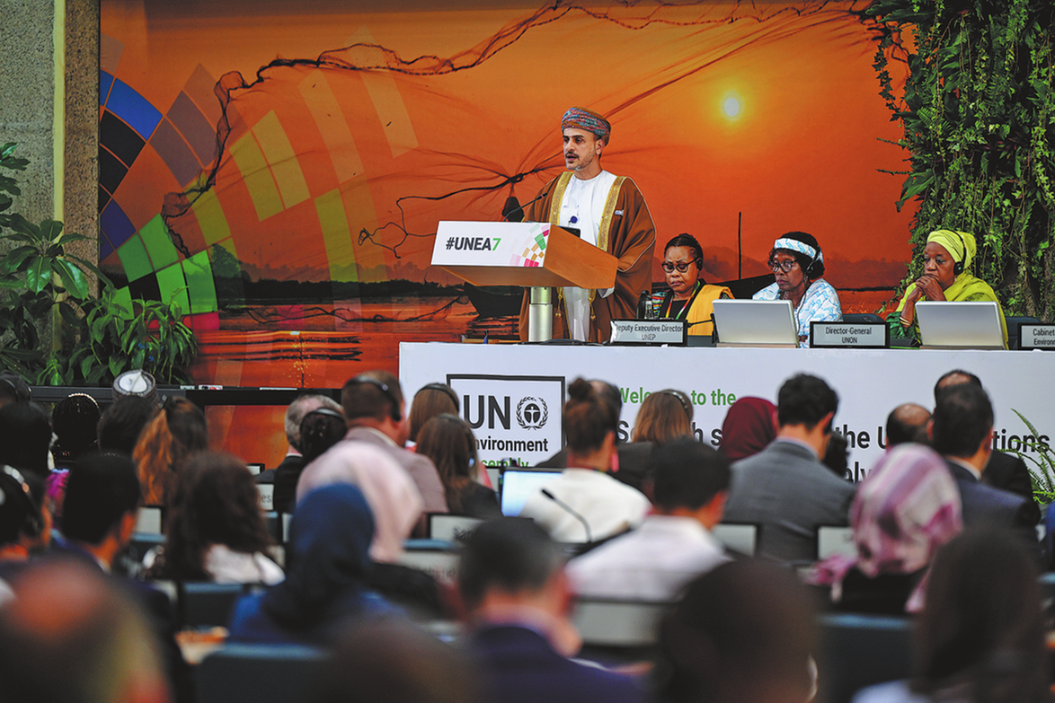Severe tropical cyclone Megan makes landfall in Australia's north
Xinhua | Updated: 2024-03-18 19:59
SYDNEY -- The Australian Bureau of Meteorology (BOM) said that a severe tropical cyclone made landfall in the Northern Territory (NT) on Monday afternoon.
"Tropical Cyclone Megan crossed the coast at 3:30 pm Australian Central Standard Time southeast of Port McArthur and is forecast to slowly move inland overnight and weaken below cyclone intensity during Tuesday," the weather bureau announced.
With wind gusts up to 200 km per hour, the "very destructive core" of Megan is now impacting the Sir Edward Pellew Group and adjacent coastal areas between Port McArthur and the Northern Territory-Queensland border.
"After crossing the coast, the system will start moving inland, swinging around to the west. It will start decaying as well, dropping back to a Category-Two, then Category-One, and eventually back to a tropical low system likely by late tomorrow going into early Wednesday," BOM meteorologist Miriam Bradbury said in a weather update.
Over the weekend, the system already brought significant impacts to the Gulf of Carpentaria in terms of rainfall and winds.
Bradbury noted that during the overnight period from 9:00 pm local time on Sunday up until 8:00 am local time on Monday, Center Island received a total rainfall of almost 190 mm and saw wind gusts hit 120 km per hour.
"As it crosses the coast and moves inland, we could see several hundred millimeters of rainfall building over the coming days along the path of this tropical cyclone," she said.
With heavy downpours on the forecast, extensive flood watches have been issued for much of the NT and northern Queensland, flagging the risk of further river rises.
"We may even see some communities isolated, particularly in those more remote or rural areas," the meteorologist added.
Prior to Megan, Australia's most recent severe tropical cyclone was Kirrily, which peaked as a Category Three system in January shortly before crossing the north Queensland coast as a Category-Two tropical cyclone.
According to the BOM, the severity of a tropical cyclone is ranked in categories from one to five.
A Category-Three system can cause roof and structural damage, destroy caravans, bring significant harm to crops and trees, as well as lead to possible power failures.
























